Ice Age Louisiana is gradually yielding its secrets as archaeologists meticulously dig deep into the layers of history in Kisatchie National Forest. These researchers have unearthed a treasure trove of artifacts, shedding light on the ancient Native people who once thrived in this region. This remarkable discovery represents the area’s oldest known inhabitants.
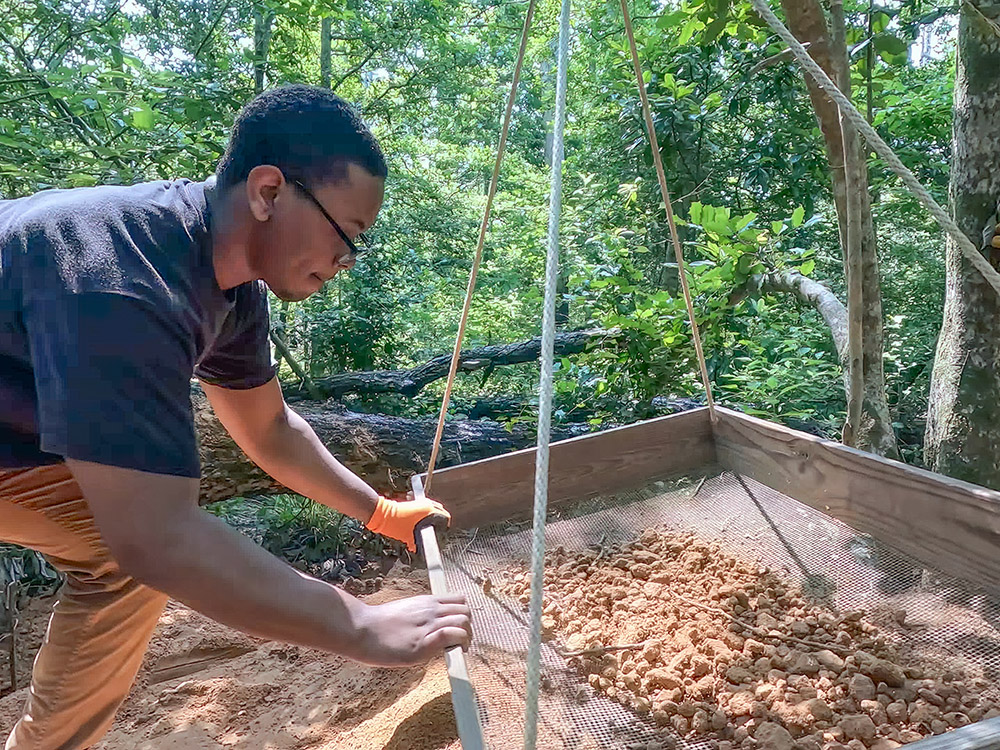
As the archaeology students from the University of Louisiana Lafayette excavate the area, they delicately recover fragments of an ancient era. Sarah St. Germain shows me one of many tiny stone flakes she has discovered, explaining, “It’s leftover material from making tools. So they would strike a rock and flake it off.”
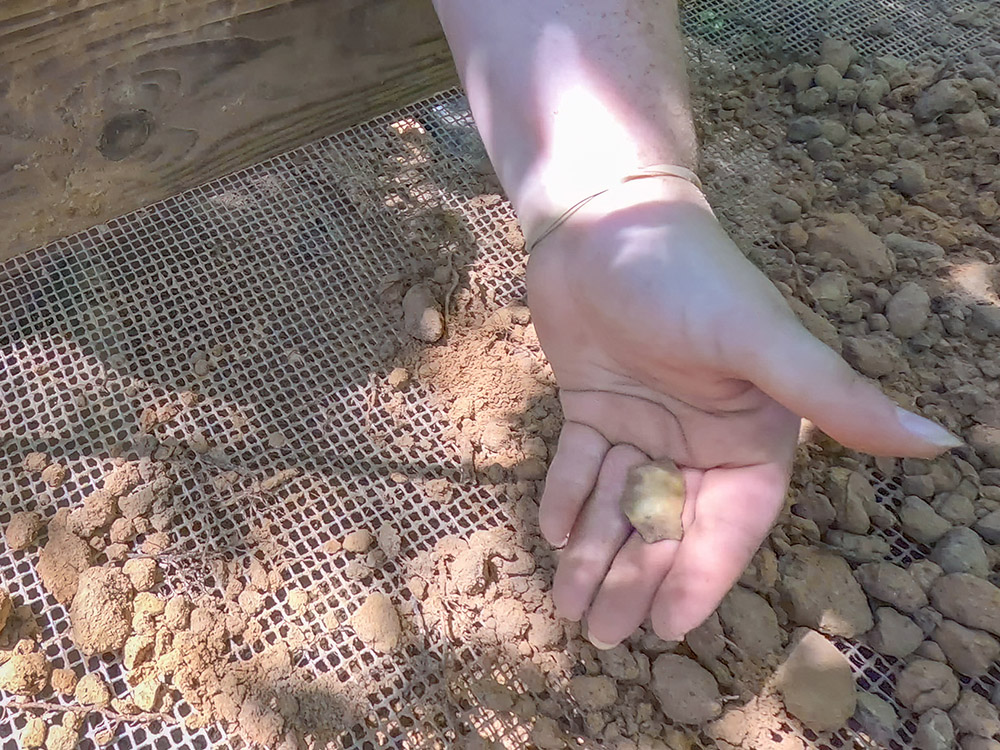
uncovering prehistoric tools
Amidst the sifted dirt, Arthur Bracey, a recent high school graduate, uncovers a tiny stone flake and says it is, “A little flake where somebody would’ve hit a rock to try to make it into something sharp.” Gloria Church, another ULL student, reveals her own finds, “I found a couple of drills that I think are really cool.” These stone drills were likely used for creating holes by the early inhabitants.
louisiana ice age excavation featured on tv
a window to distant eras
The excavation site presents an extraordinary opportunity to explore the entire sequence of Native American occupation in Louisiana, spanning from 500 years ago to potentially the ice age itself. The oldest objects uncovered at the site are spear points that were created 12,000 years ago. These artifacts provide insights into the lifestyles and hunting techniques of our distant predecessors.

By comparison, Louisiana’s first European settlers arrived just over 300 years ago. Poverty Point, a World Heritage Mound complex in Northeastern Louisiana is 3,400 years old. And Louisiana’s oldest mounds are about 6,000 years old. The oldest artifacts being uncovered in the Kisatchie are estimated to be 12,000 years old. ULL project director Erlend Johnson says these artifacts are “pretty rare” in Louisiana. “It gives us an opportunity to start talking about these early populations. So it is certainly exciting,” Johnson explains.
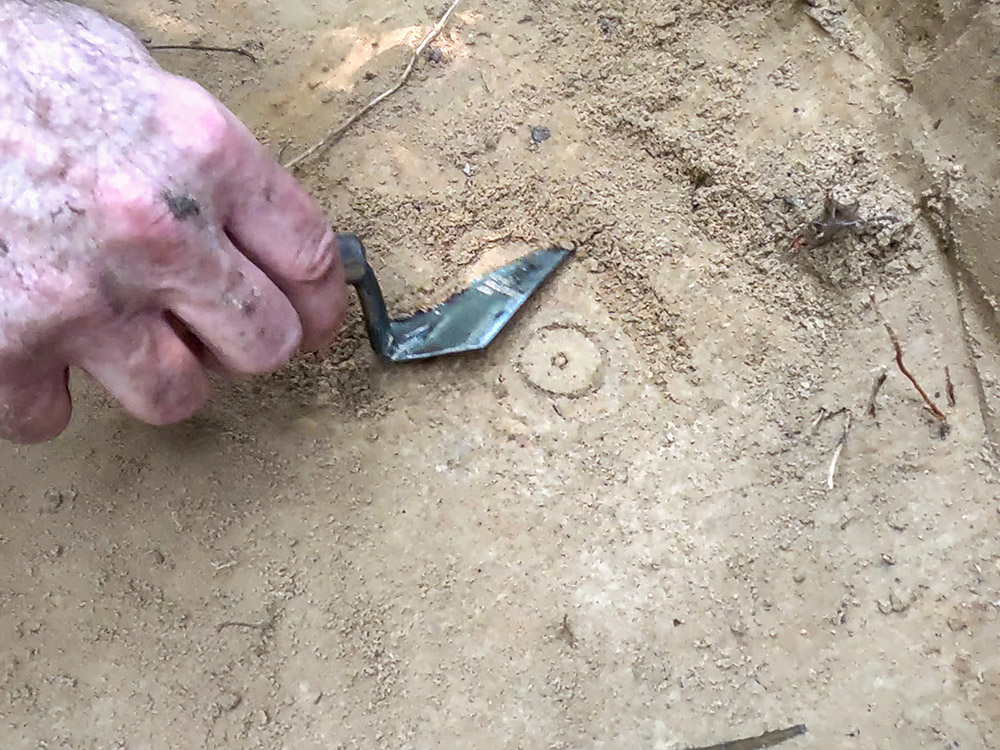
a possible village site
The archaeologists also found evidence of wooden posts, round darkened areas left by decaying wood. Those wooden posts suggest there may have been a village on the site. Johnson explains, “we found the remains of what’s probably one structure.”
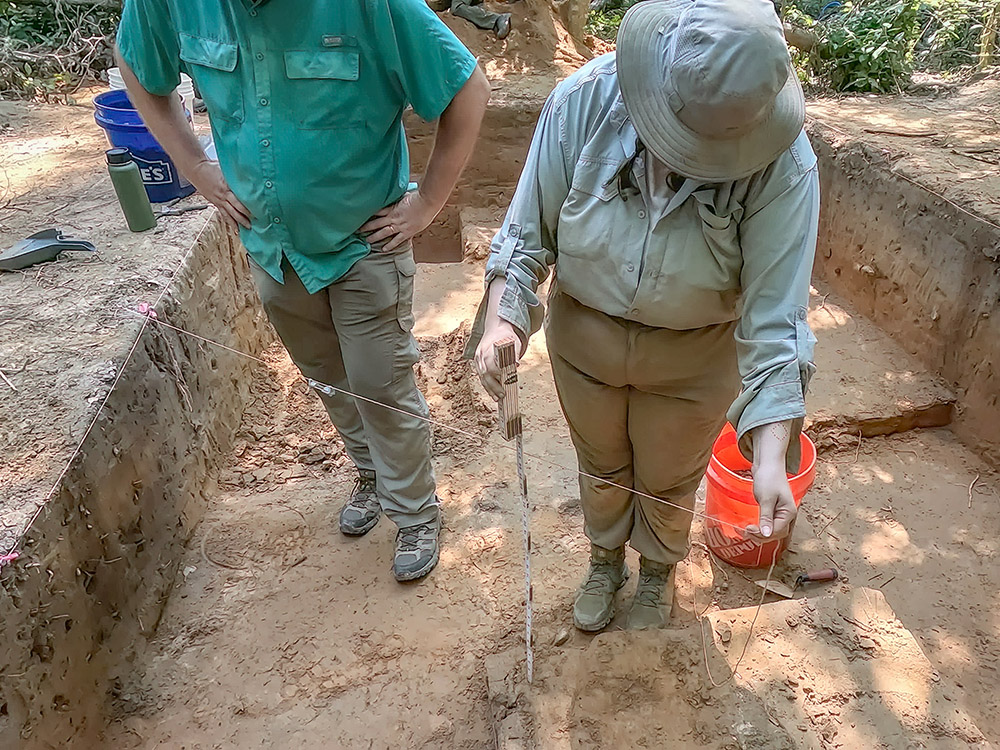
A warning to treasure hunters
This site was discovered 20 years ago, but hurricane damage and looting led researchers to excavate and document the area. We’re not identifying where this place is for a reason, because it has been targeted by looters before. The are holes that have been dug in the ground by people who have been looking for artifacts. “That is Illegal,” says Matt Helmer of the U.S. Forest Service. Looting on federal lands is a crime punishable by stiff fines and possibly jail time.
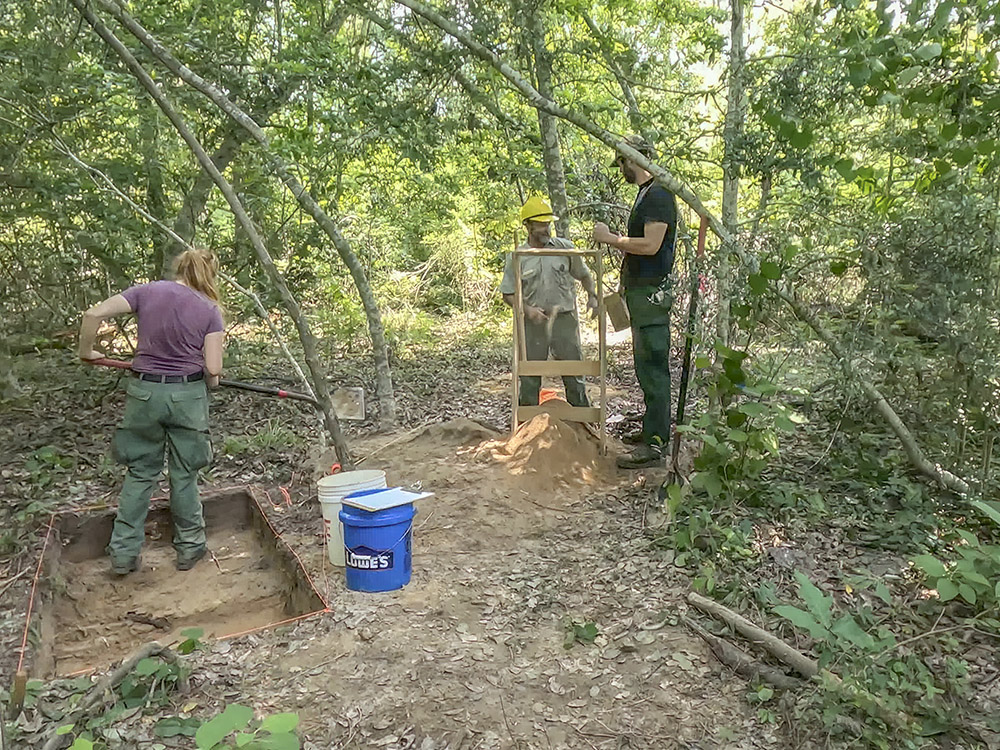

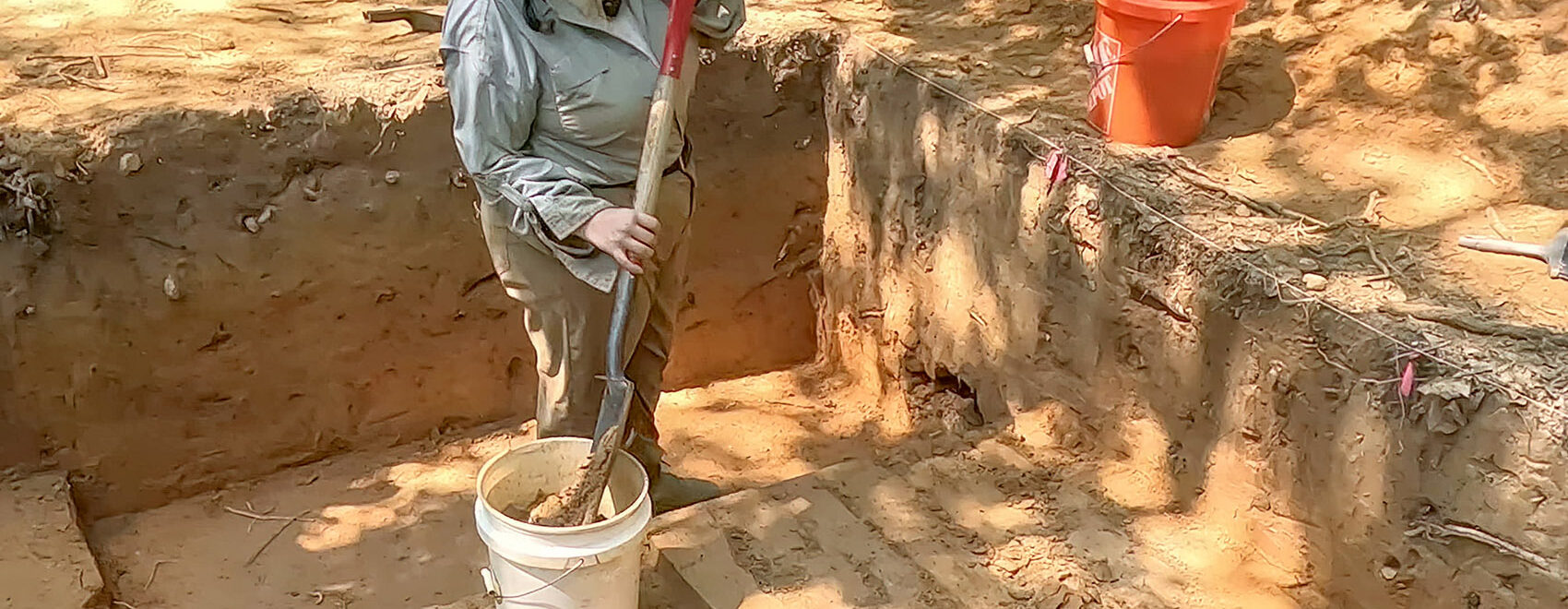

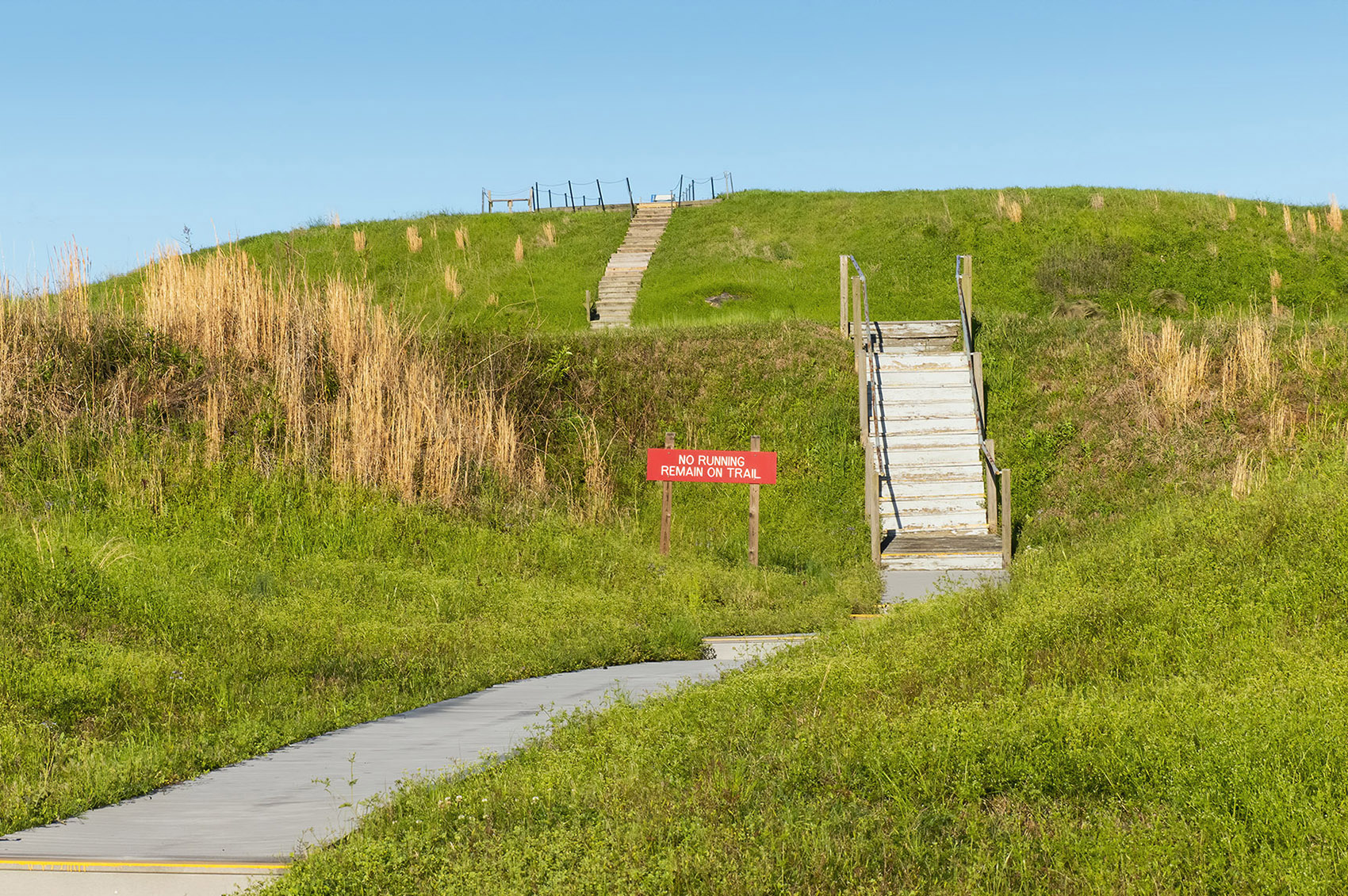

Leave a Reply